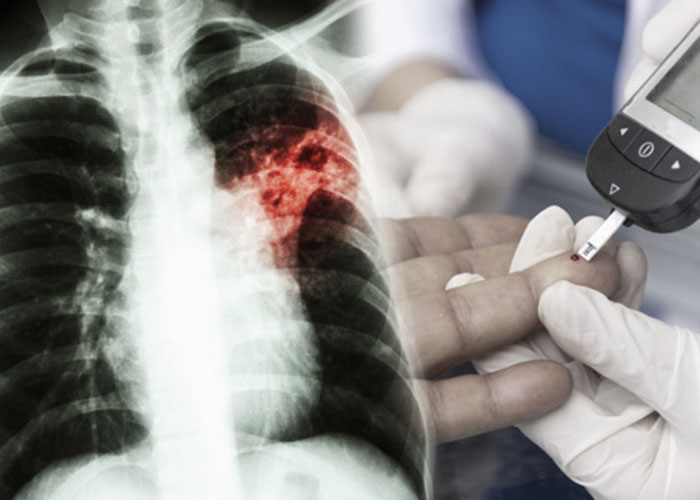The Sunday Mail

 Tafadzwanashe Magodora
Tafadzwanashe Magodora
Originating from the People’s Republic of China, TCM (traditional Chinese medicine) has made a great contribution to the thriving and prosperity of the Chinese nation for more than 2 000 years.
Up to now, according to the State Council’s Information Office of China, TCM has spread to more than 160 countries and regions all over the world and becomes an essential component of the world’s body of medicine.
TCM is a broad range of medicine practices sharing common concepts which have been developed in China and are based on Chinese culture, tradition, philosophy and science.
It includes various forms of herbal medicine, acupuncture, electroacupuncture, ear acupuncture, moxibustion, massage (Tui na), exercise (qi gong) and dietary therapy.
Theories used to explain health and how disease arises include the yin yang theory, qi theory, 5 elements theory, 5 zang organs and 6 fu organs theory and the meridians and collaterals theory. Disease means the damage of health.
TCM believes that the healthy state implies the balance of yin and yang, the manifestation of which is high co-ordination and unity between internal organs, the meridians, qi, blood and body fluids as well as the body and the external environment.
If such a state of high co-ordination and unity is broken by various pathogenic factors, disease results.
Yin yang theory holds that all phenomena consist of two opposite aspects, yin and yang, which are variously defined as: up and down, left and right, light and dark, hot and cold, stillness and movement, substance and function, etc.
The movements and changes of yin and yang give impetus to the development of everything or in the words of the Suwen, “Yin and yang are the law of Heaven and Earth, the outline of everything, the parents of change, the origin of birth and destruction…”
This theory pertains to everything in the universe, and is used to explain disease and health. If yin and yang are in balance and harmony, there exists health and if there is imbalance between the two, diseases arises, while death is explained as separation of yin and yang.
Qi, is loosely translated as vital energy. In TCM, qi is considered to be the force that animates and informs all things. In the human body, qi flows through meridians, or energy pathways.
Twelve major meridians run through the body, and it is over this network that qi travels through the body and that the body’s various Organs send messages to one another.
For this reason, keeping the meridians clear is imperative for the body’s self-regulating actions to occur. Through proper training, people can develop the sensitivity to feel the flow of qi.
While it is often described in the West as energy, or vital energy, the term qi carries a deeper meaning.
Qi has two aspects: one is energy, power, or force; the other is conscious intelligence or information.
Each Organ System carries its own unique qi, which allows it to perform its unique functions, both physical (which Western medicine can describe) and energetic (which Eastern medicine can identify).
This energetic function also includes an Organ System’s relationship with other Organs. (Organ is here capitalised to distinguish the TCM concept of an Organ System and its functions from the Western concept of the physical organ.)
TCM frequently references several major qi, or energy function, problems. One is an overall “qi deficiency”, which is often described in Western medical terms as chronic fatigue syndrome (CFS).
TCM also has the knowledge and ability to pinpoint which Organs have an energy deficiency. Another major condition is described as “qi stagnation”, which means energy and information cannot move smoothly to or from its appropriate location.
For example, TCM considers pain, headache and stomachache the result of qi stagnation.
In TCM theory, blood and qi are inseparable. Blood is the “mother” of qi; it carries qi and also provides nutrients for its movement. In turn, qi is the “commander” of the blood. This means that qi is the force that makes blood flow throughout the body and provides the intelligence that guides it to the places where it needs to be.
Blood and qi also affect one another and have the dynamic ability to transfer various properties back and forth.
For example, after labour and delivery, a woman may develop a fever. TCM understands this fever to be related to blood loss, not normally an infection. Losing too much blood causes an overall qi deficiency. When there is a qi deficiency, the body cannot function properly and, therefore, presents this with a fever. One interesting modality of treatment is acupuncture.
It is basically inserting sterile acupuncture needles on points on the body called acupoints.
The body has 365 acupoints and according to a condition or disease, certain acupoints are chosen to treat the condition and usually the needles can be retained for 30 minutes with an average course of five to 10 days.
The method is quite safe, relatively painless and the equipment is simple, but the effect is miraculous.
Of particular interest is that acupuncture has gone through controlled clinical trials under the supervision of the World Health Organisation, which has since recommended that acupuncture is an effective alternative form of medicine.
Some of the diseases, symptoms or conditions for which acupuncture has been proved through controlled clinical trials to be an effective treatment include adverse reactions to radiotherapy and or chemotherapy, allergic rhinitis, headache, essential hypertension (high BP), chronic pain syndromes and sciatica.
Such information can be found on the World Health Organisation’s official website
Zimbabwe has a mutually beneficial relationship with China and as such TCM is making inroads in this country.
There is already one centre, called Icon and Wellness Centre, offering some of the various forms of TCM in Kensington, Harare.
- Dr TB Magodora (MBChB UZ, DpTCM-Sh China) can be contacted at [email protected] for feedback.



